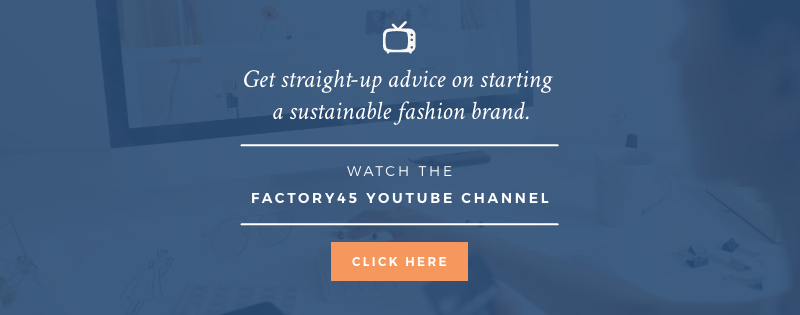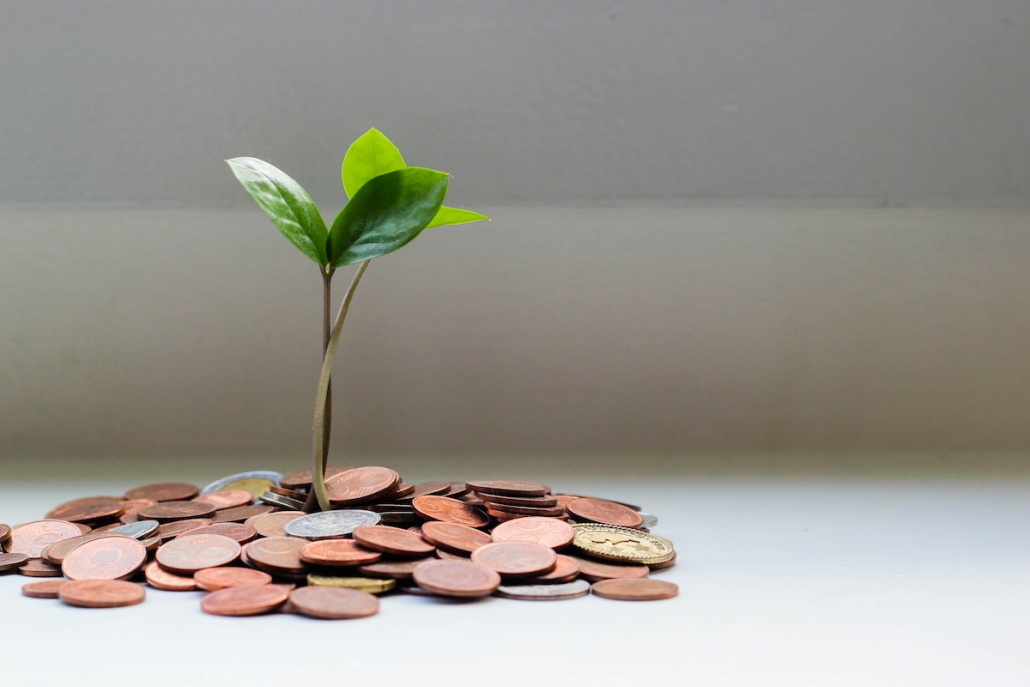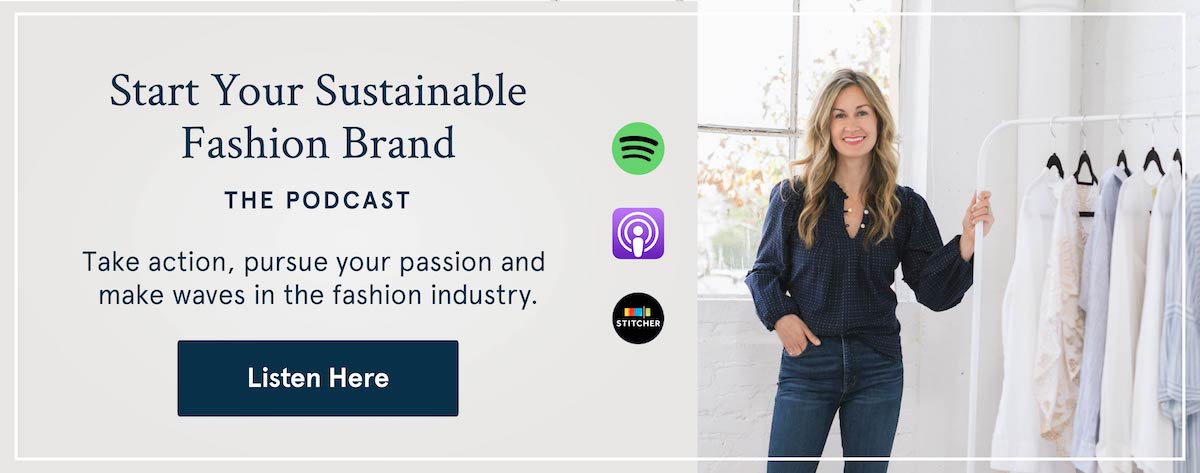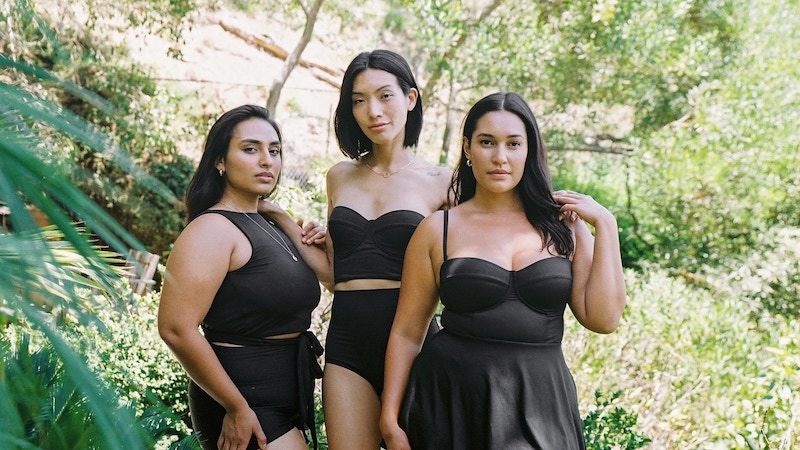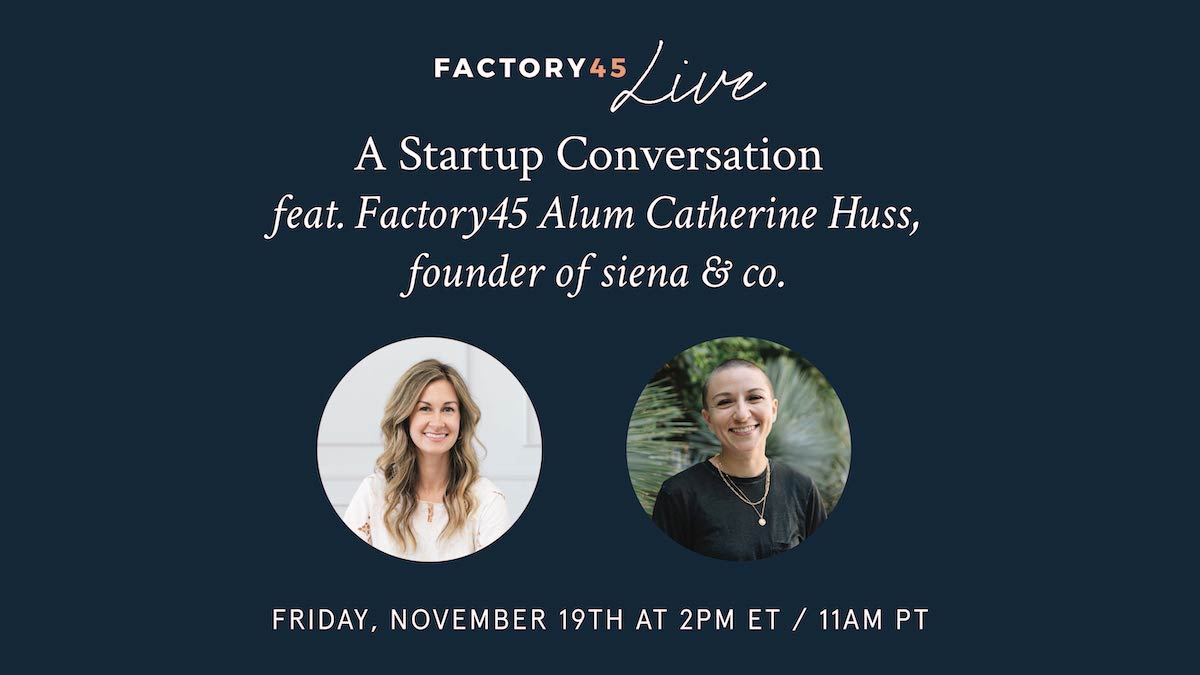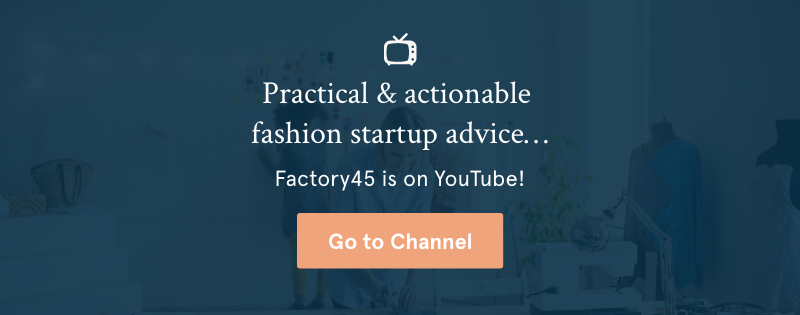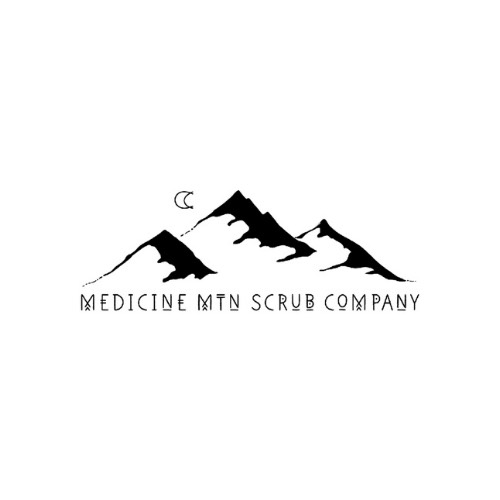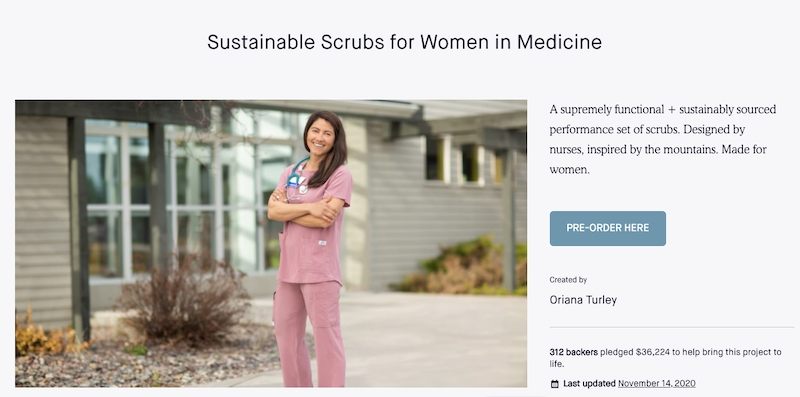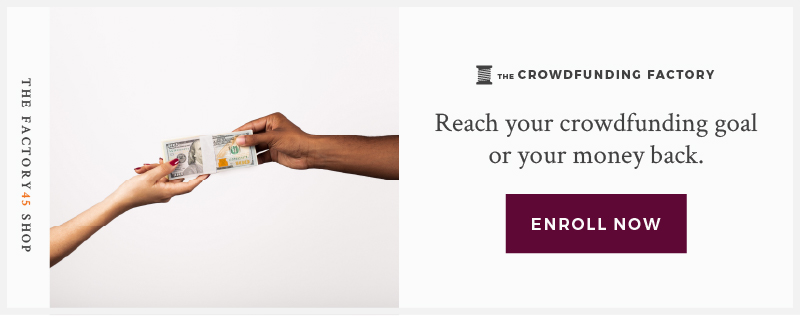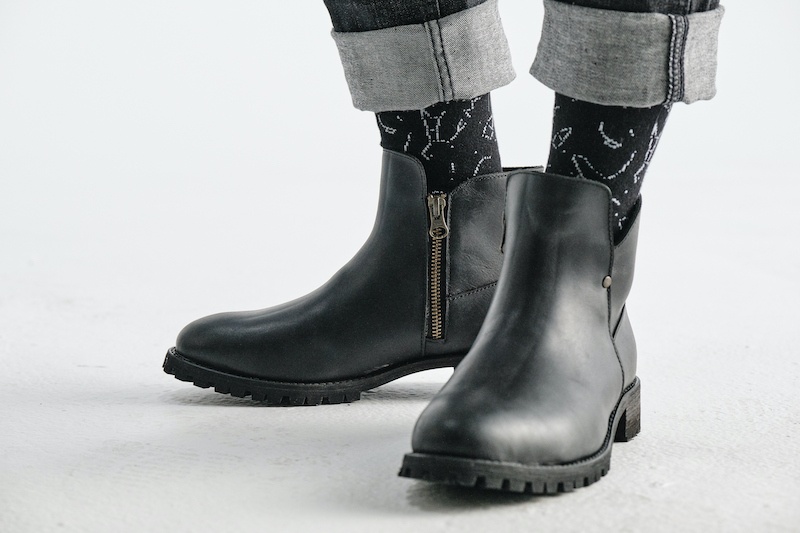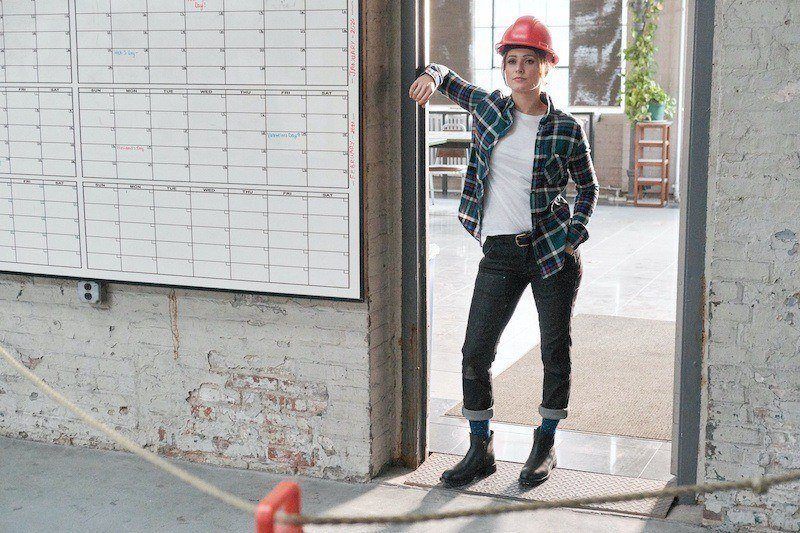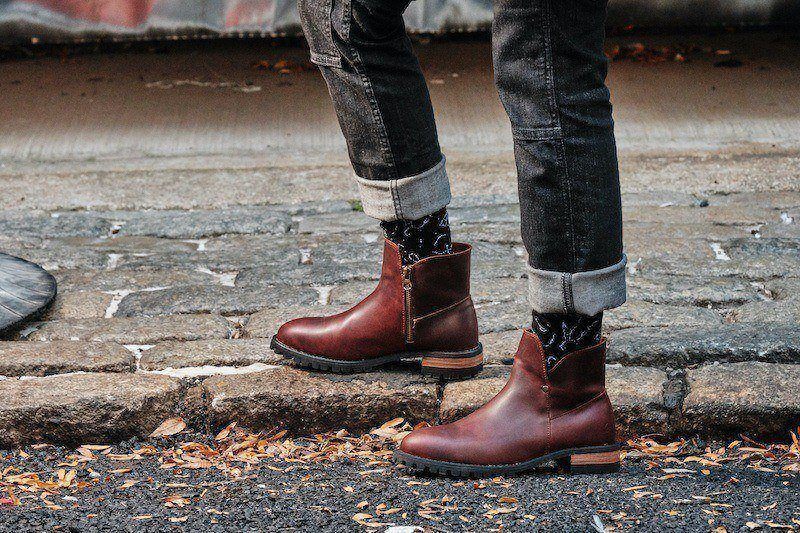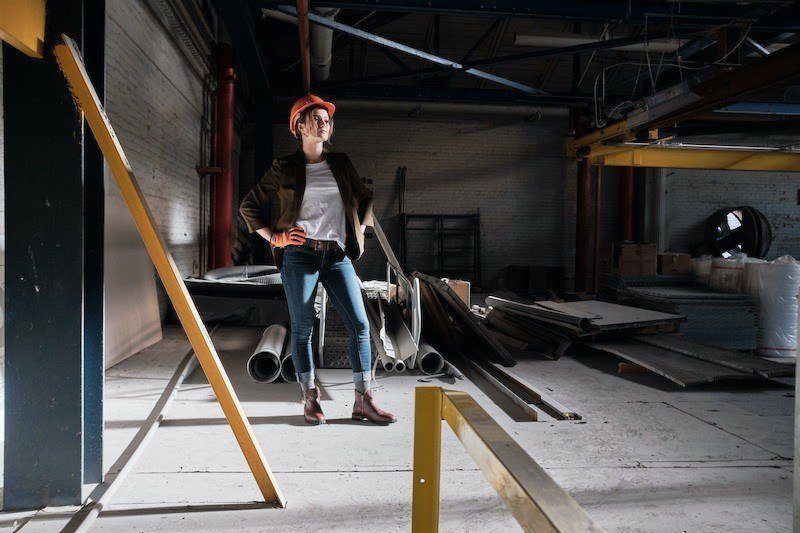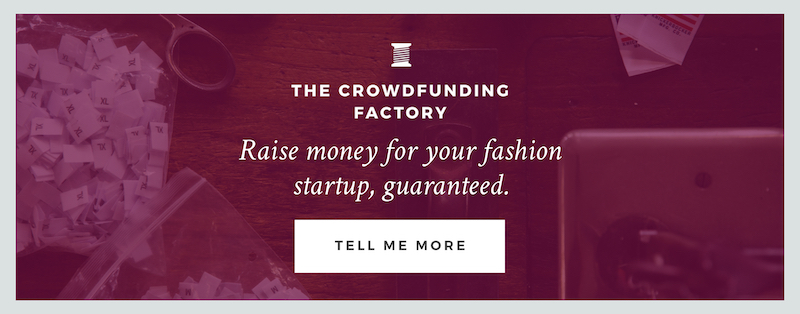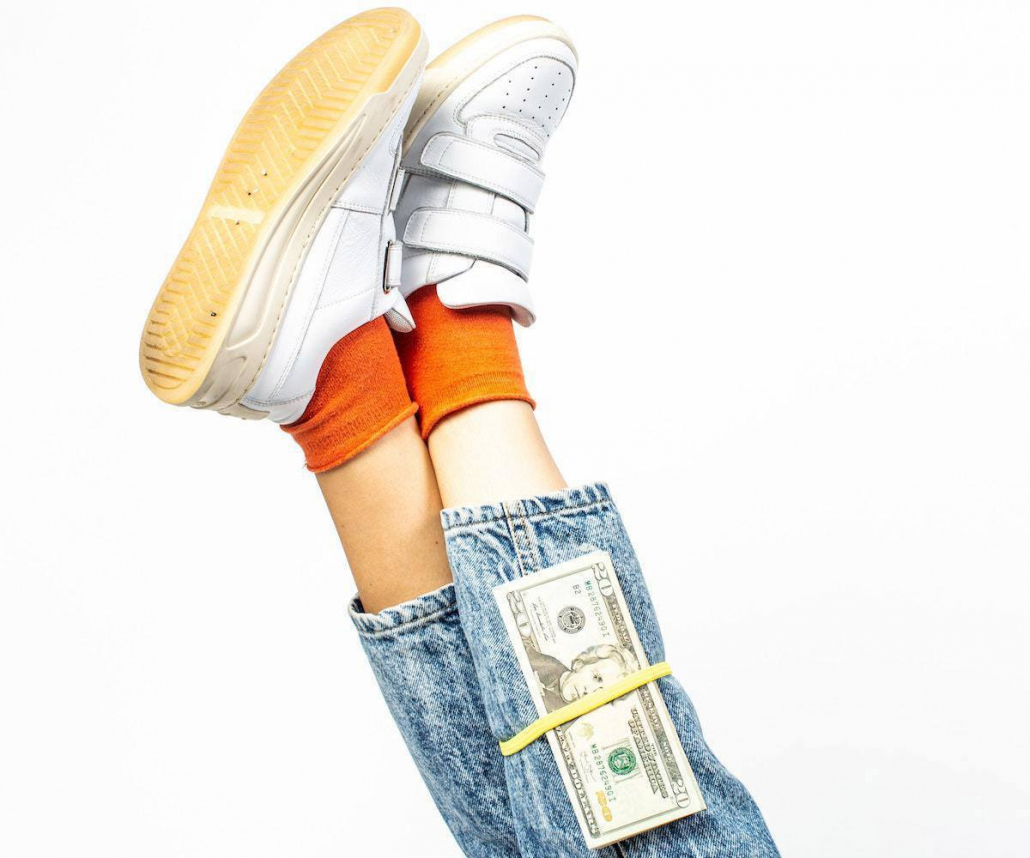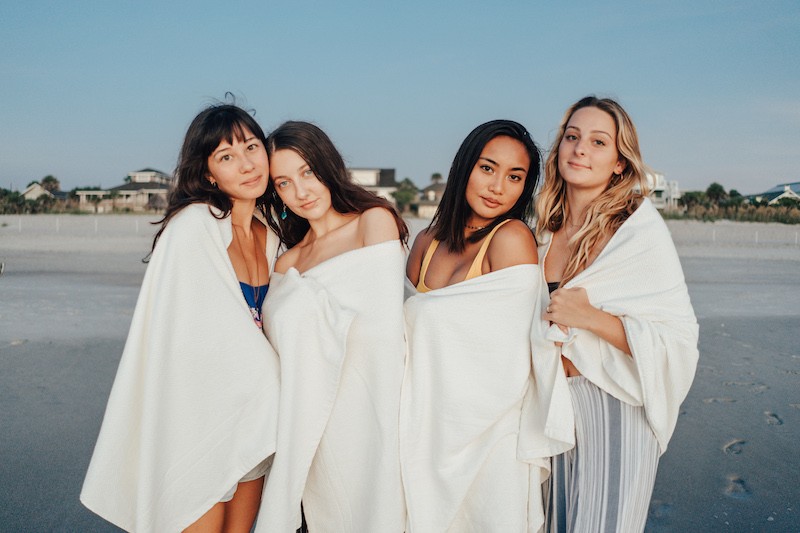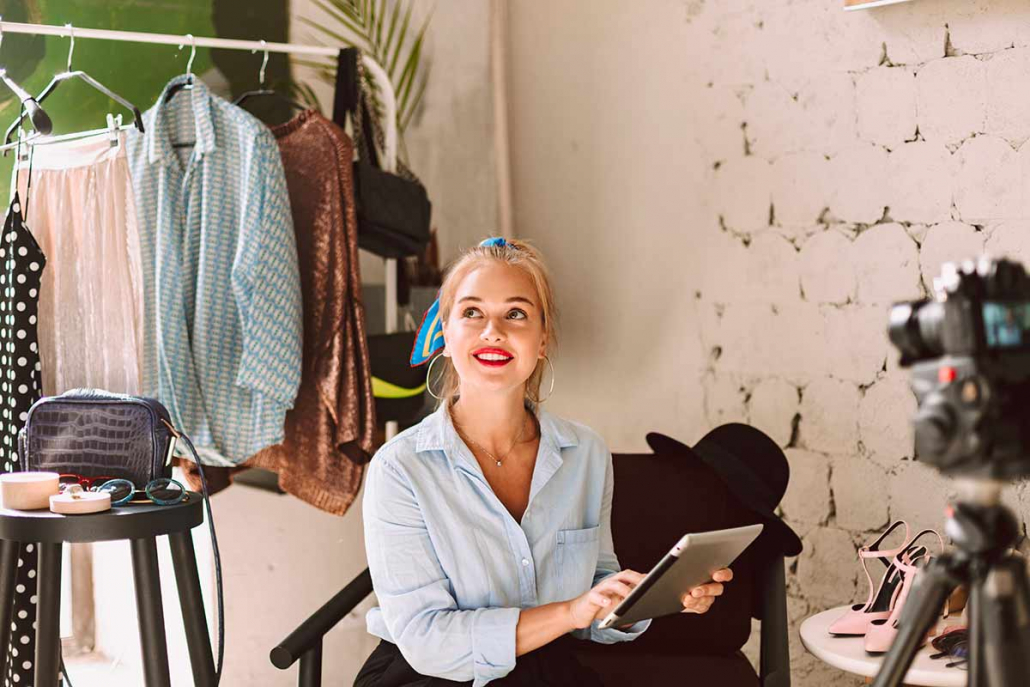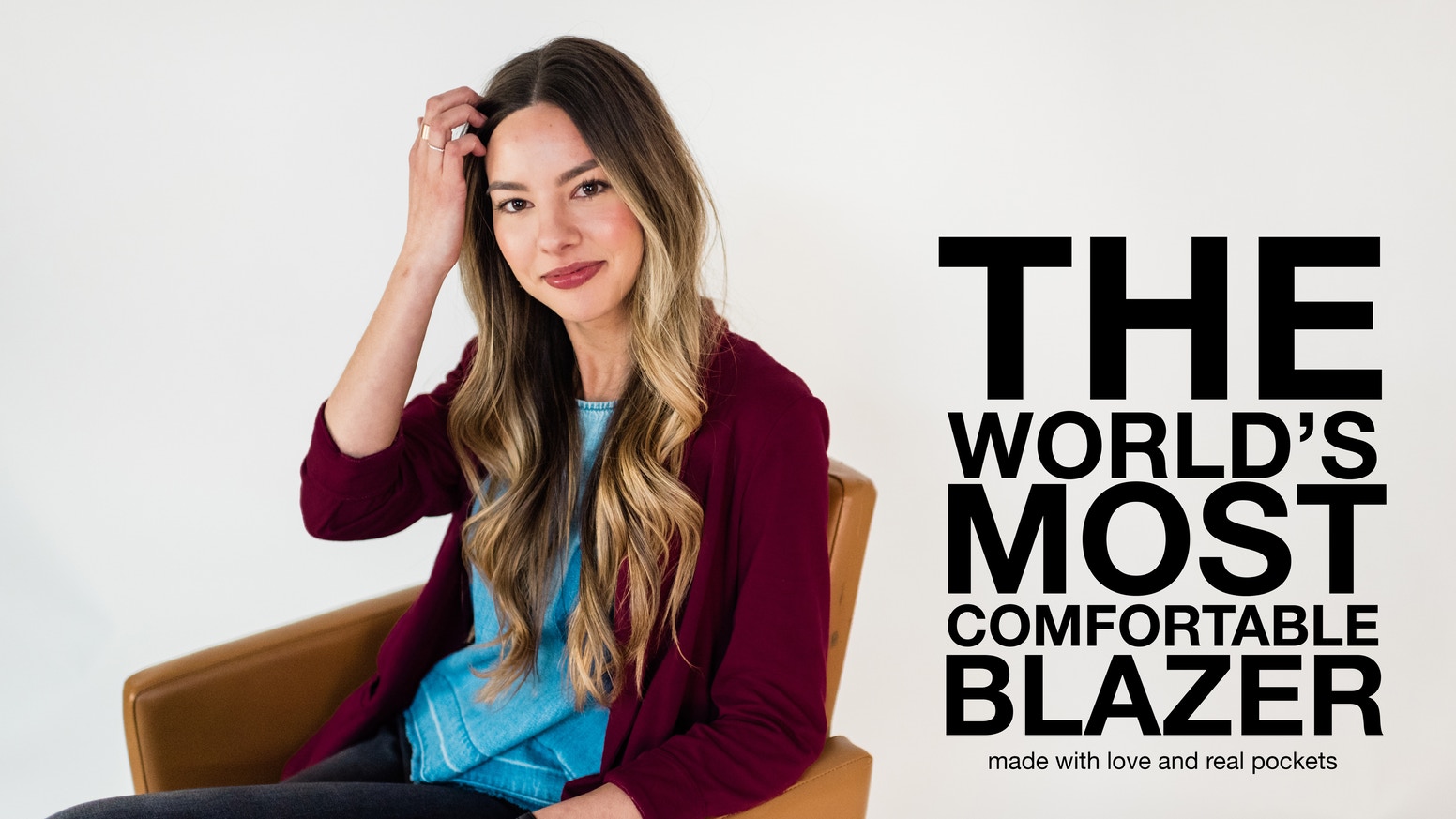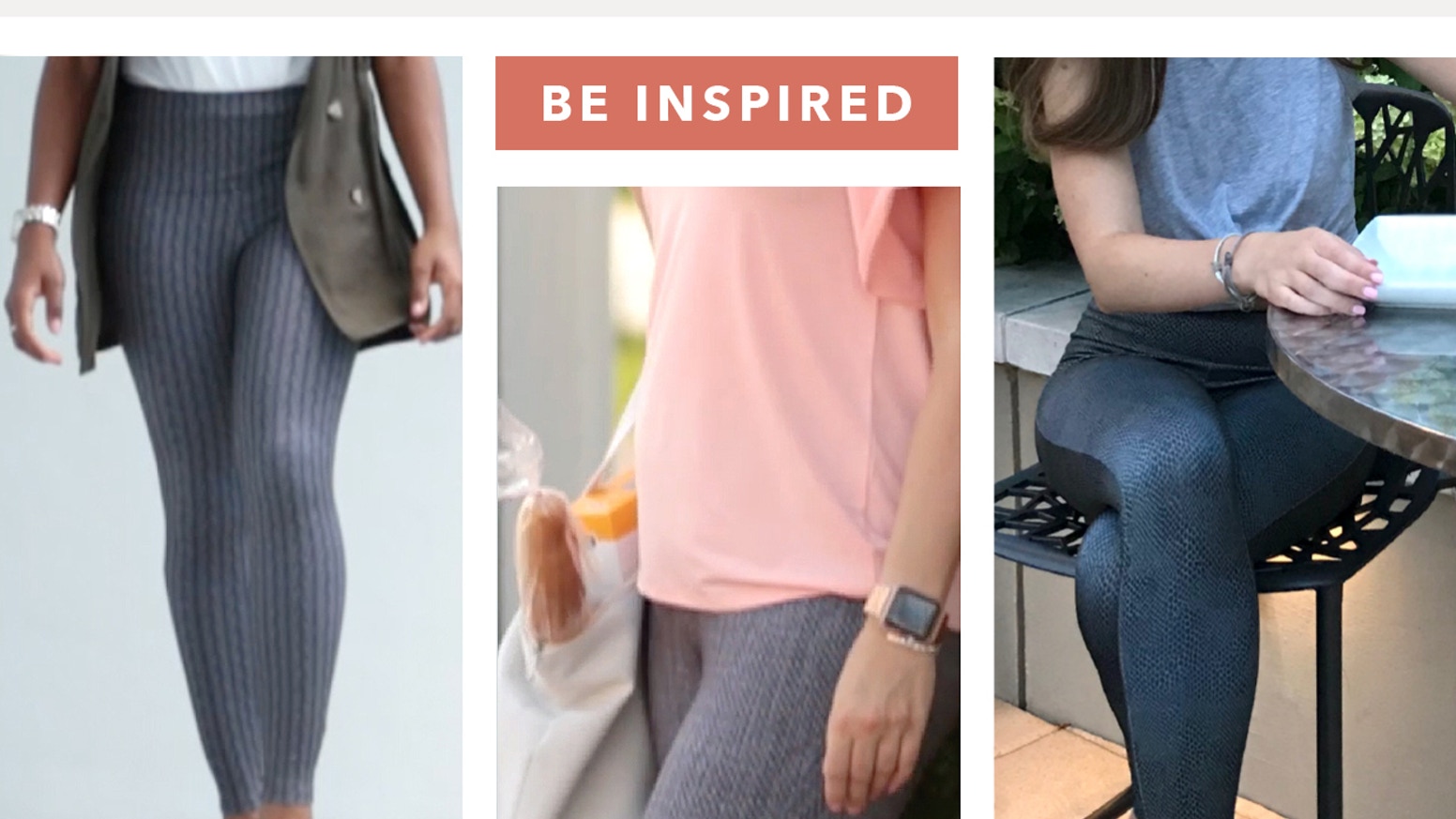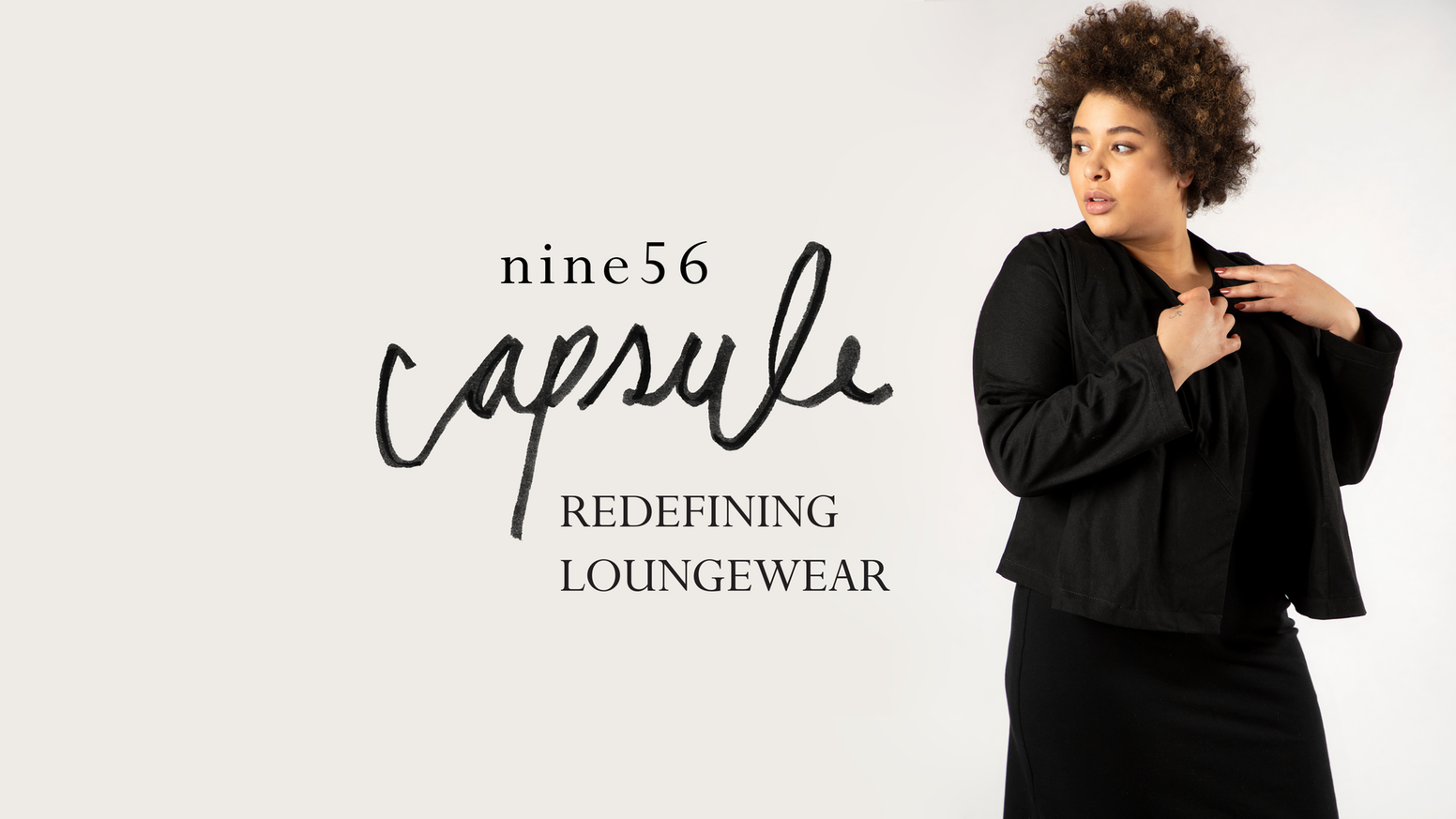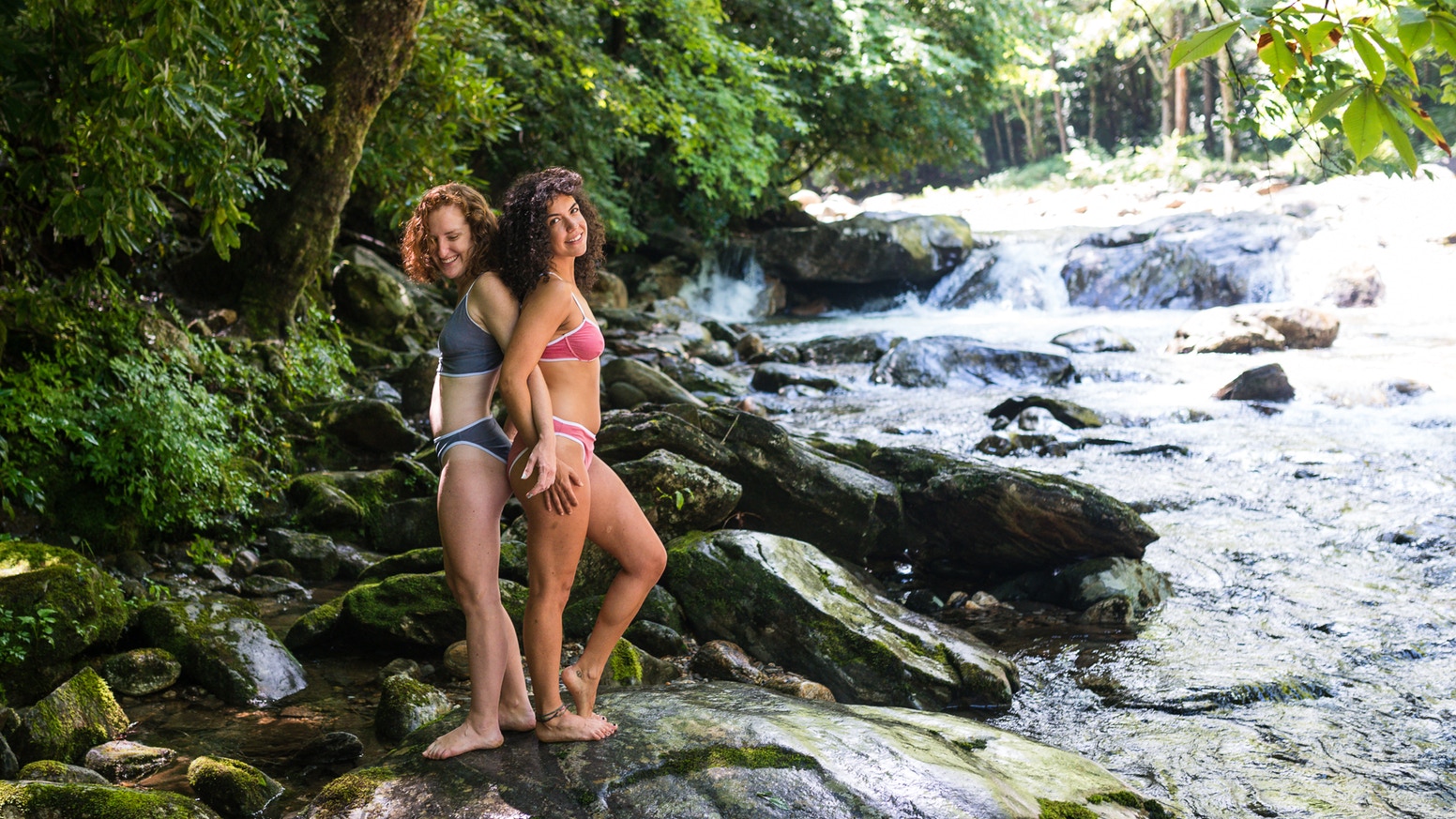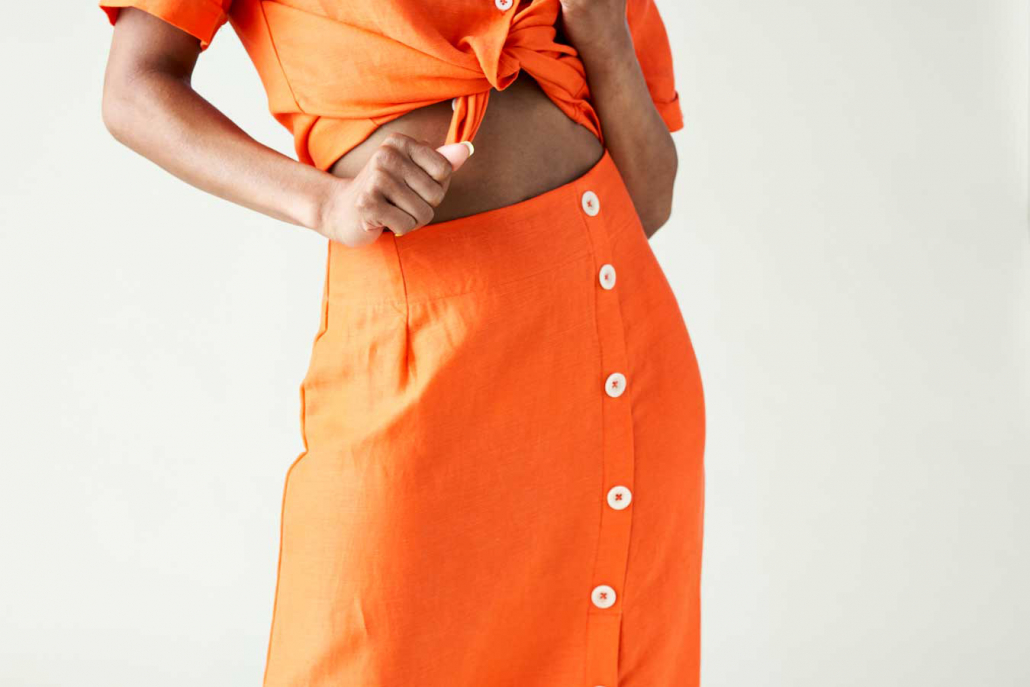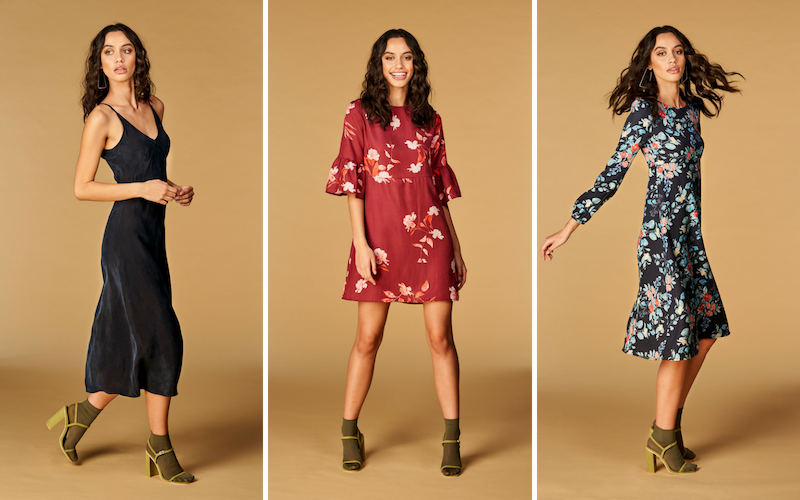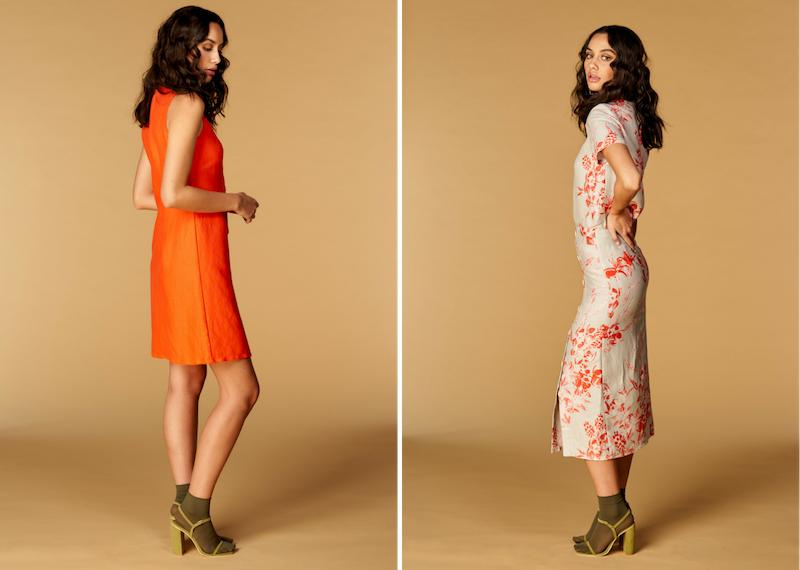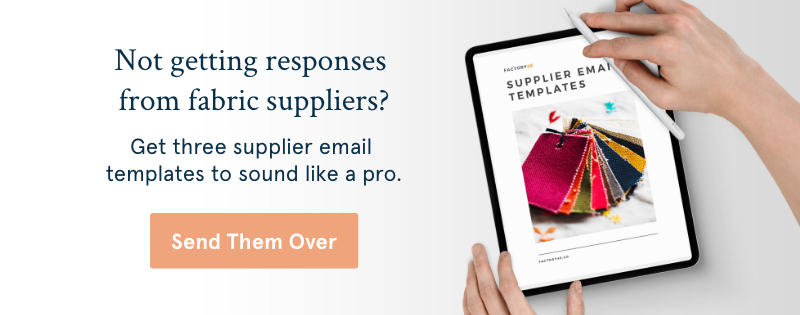I recently got an email from one of my current Factory45’ers asking if I had any tips and advice for life as an entrepreneur:
“You’ve done such an excellent job sharing all of your knowledge in building a fashion business which has been invaluable for me. Would it be possible for you to even share some tips & tricks in regards to more general topics…”
And then she went on to list some of her specific questions that I’m going to answer for you today — Q+A style.
Thanks to Franziska for asking the questions — I hope the answers are helpful to all of you!
BEST PRODUCTIVITY HACKS?
If there’s anything I’ve learned about productivity it’s that different systems work for different people. There is no “one size fits all,” so I can only tell you what works for me.
1.) Create triggers. Triggers are very small things you do to signify the start of a certain task. (Yes, this is what Pavlov did with his dogs and it works.) So for example, I light a candle before I sit down to write. Or I drink iced coffee instead of hot coffee to signify the start of a bigger task. Or I turn on classical piano when I need to outline a big-picture project.
2.) Choose a location where you can get “in flow.” I’ve written more about this here. I’m most productive when I’m working from the desk in my home office or at the library.
3.) Look for big chunks of time instead of small spurts of time. I know that I need at least 1.5 hours to really sit down and get something done. If I have less than 1.5 hours, then I designate that time for answering emails, writing Instagram captions or organizing my to-do list and calendar.
HOW DO YOU ORGANIZE YOUR WORK DAYS?
This is easier now that I’m a full-time entrepreneur and not working a side-job as I did when I was first starting out.
To be honest, when I was bartending from 7pm to 2am and working on my business during the day, I don’t even remember how I organized my time… it was a blur.
But this is what my week looks like now, once my son is off to daycare:
9:30-10:30AM | Go through my to-do list on Asana, answer any pressing emails, get organized, drink coffee, settle in.
10:30-12PM | Accomplish one medium-sized task before lunch. It could be something like writing an SEO brief for an upcoming YouTube episode, or creating an email for the Market45 newsletter, or outlining a new email automation series.
12-1PM | Break for lunch. And I mean, really break. I’ll usually read or watch a show or the news.
1PM-3PM | Accomplish one big task. This would be something like writing a blog post, writing a YouTube script, filming or recording a new project, or researching, brainstorming and outlining upcoming big projects.
3-3:30PM | Then I usually reserve the last half hour for any wrap-up admin that needs to be done before I leave to pick up my son.
For as long as I can remember, I’ve limited my daily to-do list to only trying to accomplish two significant tasks per day — no more than that.
It keeps me from getting overwhelmed or disappointed when I’m not able to do “all the things.” And as far as productivity goes, it’s worked out so far.
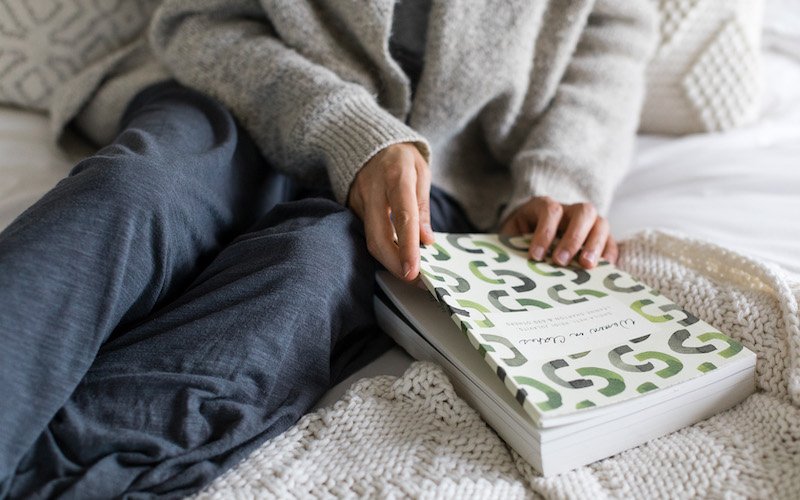
DO YOU HAVE A SELF-CARE ROUTINE?
I wouldn’t call it a routine, but I definitely prioritize my self-care. I’m very lucky to be married to another entrepreneur who equally co-parents. It makes all the difference in being able to take care of myself mentally, emotionally, intellectually, etc…
- I don’t check social media during the day (for the most part). This helps me avoid distraction, the comparison game and all of the other negatives that come from being sucked into an Instagram hole.
- I’m an introvert so I need alone time to recharge. I’ll curl up with a book, go for a walk, listen to a podcast or lay down and close my eyes — even if it’s just for 30 minutes.
- I have a hard “no work on weekends” rule. Even before I had a baby, I was pretty strict about not opening my computer on the weekends. This allowed me to truly reboot for Mondays. I know this isn’t always possible when you’re first starting out because weekends are your free time to actually work on your business. In that case, I would pick one or two other times during the week to designate as your “no work” zone — even if it’s just every Tuesday night or some other random time.
HOW DO YOU COMBINE BEING A FULL-TIME ENTREPRENEUR WITH HAVING A FAMILY?
Probably the same way as people who work full-time jobs! It’s not easy. I know I’m lucky to have the means to hire childcare and I wouldn’t be able to run my business without that help.
One thing I like about having a business and having a kid is that there’s a finite beginning and end to my workday. I’ve been forced to consolidate my work schedule, and I’ve found that I’m more productive during that time because I know I have a deadline.
But I definitely look back on my time before parenthood and wonder what I did with all of that freedom! To those of you out there who are working a “real” job, while starting a business and raising kids, I truly applaud you.
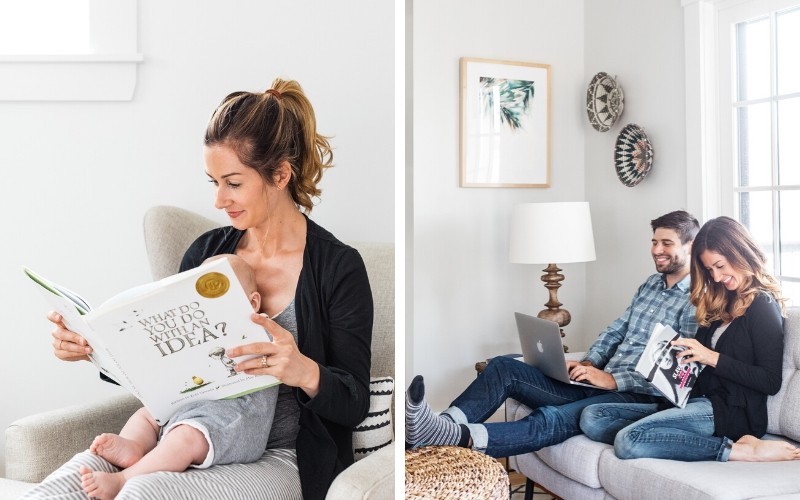
DID YOU WORK ANOTHER JOB WHILE BUILDING YOUR BUSINESS?
Yes, and I do not subscribe to the common advice that you should just “Quit your job and follow your dreams!”
One of the best decisions I made was to work a side job until I truly knew I had a business that could sustain my lifestyle, as well as some money saved for back-up.
As I mentioned, I was a bartender for a really long time before I took the leap to full-time entrepreneurship. I didn’t want to be stressed about money and by working for as long as I did, I didn’t have to strain my business to pay my rent.
HOW DID YOU FINANCE BEING AN EARLY-STAGE ENTREPRENEUR?
I saved up $5,000 working after college and I invested all of it into starting my first business, {r}evolution apparel. My then co-founder also invested $5,000 and that lasted until we opened sales a year later.
When we launched with a Kickstarter campaign, we were able to pre-sell our product so our customers essentially paid for the cost of production. Our first production run was over $40K and we didn’t have to spend a dime of our own money.
I also used this pre-selling model when I launched Factory45. I opened applications in March 2014, participants paid for their first month of tuition in May and the program didn’t start until June.
This gave me an influx of cash to create the first module and a little time to get things up and running. I invested all of the money from the 2014 cohort back into the business for 2015.
HOW DID YOU STAY MOTIVATED WHEN YOU WERE FIRST STARTING OUT?
The main thing that kept me motivated and held me accountable when I was first starting out was blogging. It was so helpful to have a process to document the journey of creating a business and a clothing company and it was the audience that the blog attracted that pushed us to keep going.
On a more general scale, I’ve noticed something over the past nine years of entrepreneurship that’s been hugely impactful. And it’s the simple act of declaring something to the world.
Tell the world you’re going to do something and you’re that much closer to actually accomplishing it.
